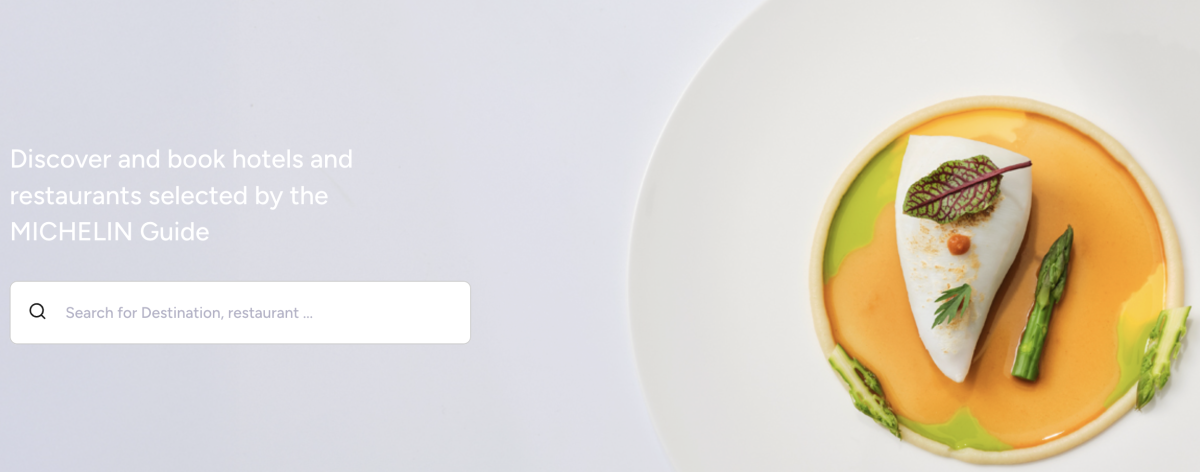
Australia boasts some of the world's finest restaurants and most innovative chefs, yet you won't find a single Michelin star among them.
The reason might surprise you—it's got nothing to do with our tucker and everything to do with our wallet.
The price tag that stopped the stars
In June 2024, the prestigious Michelin Guide approached Tourism Australia with a proposal to establish an Australian edition. The package wasn't cheap: $4 million in the last financial year to get started, rising to $5 million in 2025-26 and $7.5 million annually through the rest of the decade to cover on-the-ground costs, including local staff.
Tourism Australia declined the offer. A spokesman said the agency would look at ways to highlight the country's food story 'within existing marketing priorities and budgets'.
That's a hefty sum for any country to swallow, particularly when you're weighing up the return on investment. Yet here's the kicker—other nations have been more than willing to splash the cash.
'Our restaurants are up there with the best of the world, we're just not recognised at an international level.'
What other countries paid for prestige
The Michelin Guide doesn't come knocking on doors offering free reviews. Tourism board Meet Boston reportedly paid over $1 million for three years of coverage, while back in 2017, South Korea's tourism organisation shelled out about $2.2 million for their guide. Thailand went even bigger, investing approximately $6.7 million.
These investments haven't been without controversy. The South Korea deal was initially meant to be kept secret, and it led to a lawsuit from a chef who claimed she was asked to pay money for Michelin consultant services and three stars. When she refused, her restaurant wasn't listed.
Did you know?
The Michelin Guide started in 1900 as a free guide for French motorists, including petrol stations, tyre repair shops, and places to eat and sleep. The star system wasn't introduced until 1926, and the famous three-star system (worth a special journey) began in 1931.
Aussie chefs conquering Michelin abroad
The irony is that Australian chefs are absolutely smashing it on the international Michelin scene. In February 2024, chef Brett Graham made history when his London restaurant, The Ledbury, received a coveted third Michelin star, making him the first Australian owner-operator to achieve the accolade.
Curtis Stone, the Melbourne-born chef who cut his teeth in London, now operates in Los Angeles where his restaurants Maude and Gwen each hold one star. Shane Osborn, born in Perth, left his two-star London restaurant Pied à Terre and now owns Arcane in Hong Kong, which has held one star since 2017.

The hotel success story
While our restaurants remain unstarred, Australia has made headway in another area of Michelin recognition. In 2025, the Michelin Key Hotels expanded to cover Australia, recognising 35 Aussie hotels. Among them, Lizard Island Resort in Queensland earned the top-tier three keys—the only Australian property to achieve this honour.
Nine hotels earned two keys, notably Thorngrove Manor in the Adelaide Hills, while another 25 properties were awarded one key, with NSW leading the tally at 14 hotels.
This hotel program demonstrates that Michelin sees value in the Australian market and that our hospitality standards are world-class. The question remains: if hotels can succeed, why not restaurants?
Industry voices weigh in
Peter Gilmore, executive chef at Sydney's Quay and Bennelong, believes 'It would see us join other great food destinations around the world, giving our restaurants an internationally recognised benchmark for excellence. More than that, it would shine a light on the creativity and diversity of our dining landscape, strengthening tourism and sharing the talent of Australian hospitality with the world.'
Hugh Allen from Melbourne's Vue de Monde, who trained at Copenhagen's three Michelin star Noma, says 'The Michelin guide still holds significant prestige for chefs around the world, despite a shift in priorities towards running good and sustainable long-term businesses.'
However, not everyone is convinced it's necessary. Food writer Dani Valent suggests 'I don't think we need it for locals, though I would be interested to see how Michelin sees Australian restaurants. But I do think it's useful for international travellers to Australia. If they are used to dining according to Michelin, they can feel a bit at sea without it.'
Types of Michelin recognition
- Traditional stars (1-3) for exceptional restaurants
- Bib Gourmand for great food at moderate prices
- Plate recognition for good restaurants
- Green stars for sustainability excellence
- Hotel keys (1-3) for exceptional accommodation
What this means for food-loving travellers
For those of us who love to plan our travel around great meals, the absence of Michelin stars in Australia creates an interesting situation. International visitors often rely on Michelin ratings to navigate unfamiliar dining scenes, and without these familiar markers, they might miss some of our exceptional restaurants.
Australian cuisine has evolved to become 'among the most exciting and culturally diverse in the world,' with exposure through The World's and Asia's 50 Best Restaurants providing some international recognition.
The practical impact? If you're planning a food-focused holiday within Australia, you'll need to rely on local guides, reviews, and recommendations rather than the international standard you might use in Europe or Asia.
The evolving Michelin landscape
It's worth noting that Michelin isn't just about white-tablecloth fine dining anymore. Since 1997, the guide has highlighted restaurants offering 'exceptionally good food at moderate prices' through its 'Bib Gourmand' feature, and in 2020, launched a sustainability emblem to recognise excellence in sustainable gastronomy.
This broader approach means that if Michelin did come to Australia, it wouldn't just be about the most expensive restaurants. Our fantastic pub meals, innovative casual dining, and sustainable food practices could all receive recognition.
Looking ahead
Michelin continues to expand globally, with plans announced for Boston and Philadelphia in 2025, and the Philippines in 2026. The success of the Michelin Keys hotel program in Australia might provide valuable data about the local market's response to Michelin recognition.
As Trade and Tourism Minister Don Farrell's office noted, 'We will always seek to show off the best of what Australia has to offer... There is no doubt that the Michelin guide is internationally recognised, anything we can do to get the eyes of the world's food scene on Australia has to be a positive for the visitor economy.'
The door doesn't appear to be completely closed. Tourism Australia has indicated it will consider promotional opportunities within budgetary constraints, and if the hotel program proves successful, it might provide the business case needed to reconsider restaurant recognition.
What do you think? Should Australia invest in bringing Michelin stars to our restaurants, or are we doing just fine without them? Share your thoughts and dining experiences below.







